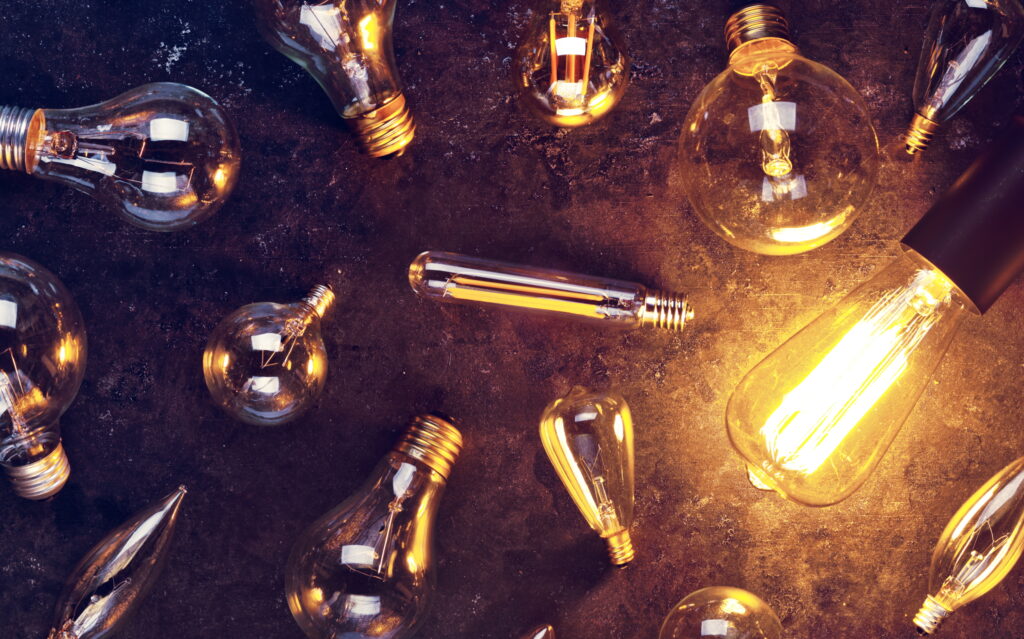
Blocked new energy efficiency standards for light bulbs, other consumer products, and certain industrial equipment.
Intended to reduce energy load on public infrastructure and reduce consumer energy expenses (and in accordance with the George W. Bush era Energy Policy Act), the Obama administration announced updates to the energy efficiency guidelines to go into effect in 2020. Beyond benefiting public infrastructure and saving consumers billions of dollars annually, improved energy standards also reduce greenhouse gas emissions – making the standards a win-win-win.
Status
Dec. 20th, 2019 UPDATES BLOCKED
The Department of Energy, led by then-Secretary Rick Perry, blocked the Obama-era updates improving light bulb efficiency standards and halted the phaseout of energy-inefficient incandescent light bulbs. An action that the Appliance Standards Awareness Project (ASAP) estimates will cost the average household $115 annually in energy bill savings by 2025 – or around $11 billion a year in missed savings.
Energy conservation standards: general service lamps | Brookings Deregulatory Tracker
Jan. 10th, 2020 STANDARDS WEAKENED
Department of Energy, now overseen by Secretary Dan Brouillette following Perry’s resignation, publishes four amendments to conservation standards for commercial boilers, portable air conditioners, industrial compressors, and uninterruptible power supplies.
Energy Conservation Standards for Consumer Products | Harvard Environmental & Energy Law Program
Notables
- Without the new standard, consumers can expect to pay $115 more per year than they would have with the new standards – a collective $340B in missed consumer savings opportunity by 2050.
Rolling back light bulb standards: What’s at stake | ASAP (7.26.18)